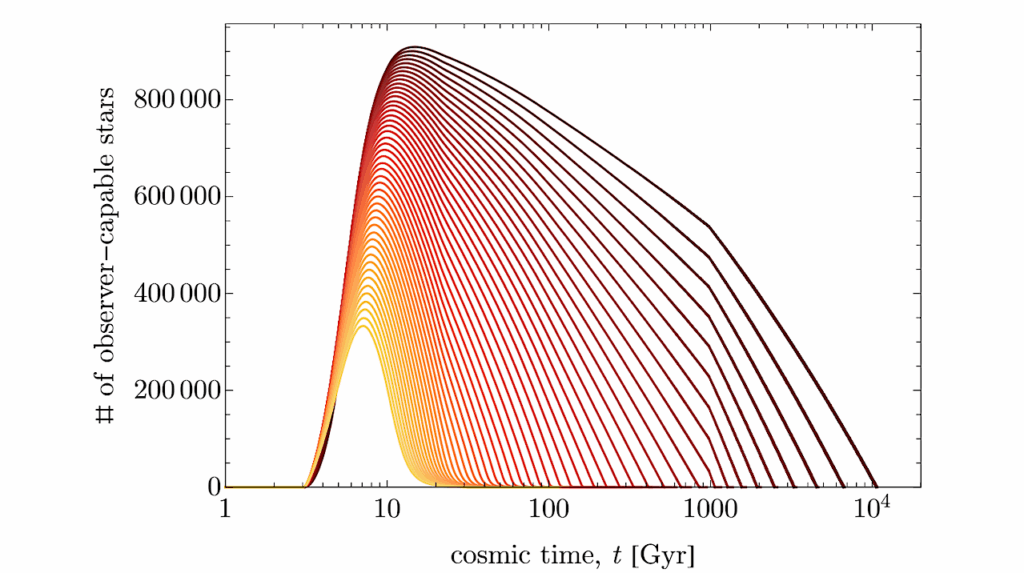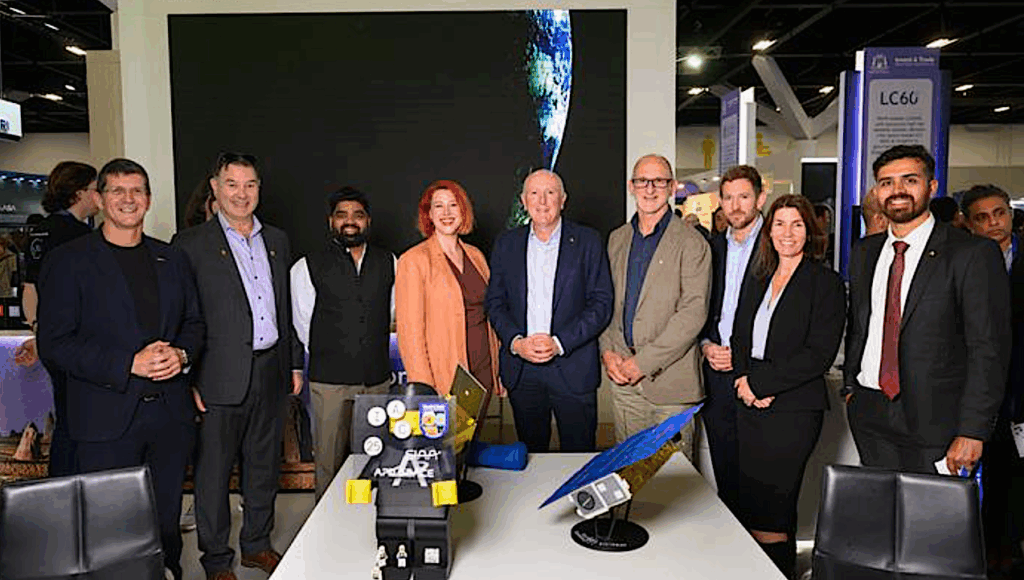Hearing Charter “Life in the Universe” Hearings Before the House Subcommittee on Space and Aeronautics

COMMITTEE ON SCIENCE
U.S. HOUSE OF REPRESENTATIVES
2320 RAYBURN HOUSE OFFICE BUILDING
WASHINGTON, DC 20515
Hearing: Life in the Universe
2318 Rayburn House Office Building
Thursday, July 12, 2001
10:00 A.M.
WITNESSES:
Dr. Neil Tyson, Hayden Planetarium Dr. Ed Weiler, NASA Space Science Dr. Jack Farmer, Arizona State University, NASA Astrobiology Institute Dr. Chris Chyba Search for Extraterrestrial Intelligence (SETI) Institute
- Purpose of Hearing
On Thursday, July 12, 2001 at 10:00 am, in Room 2318 Rayburn House Office Building, the Subcommittee on Space and Aeronautics will hold a hearing Life in the Universe on the National Aeronautics and Space Administration (NASA) space science and astrobiology programs as well as a leading private, non-profit endeavor, the SETI Institute’s Phoenix Program. The hearing will provide Committee members with the opportunity to review ongoing efforts to search for life elsewhere in the universe.
- Panel
Dr. Neil Tyson is Director of the Hayden Planetarium in New York City and a Visiting Research Scientist in astrophysics at Princeton University. He will testify on the qualitative differences between the search for extraterrestrial life and other scientific fields of inquiry and discuss the public’s appreciation of this multi-disciplinary field.
Dr. Jack Farmer is the Director and Principal Investigator of the NASA-funded Astrobiology Program at Arizona State University. His interests include early biosphere evolution and the microbiology and biosedimentology of thermal springs and other extreme environments. His testimony will focus on the search for extraterrestrial life in our solar system on Mars and Europa, one of the moons of Jupiter.
Dr. Edward Weiler is NASA’s Associate Administrator for Space Science. Dr. Weiler is responsible for leading NASA’s $2.4 billion Space Science Enterprise. This enterprise aims to achieve a comprehensive understanding of the origins and evolution of the Solar System and the Universe, including the beginnings of life and the question of whether life exists beyond the Earth.
Dr. Chris Chyba holds the Carl Sagan Chair for the Study of Life in the Universe at the SETI Institute in Mountain View, CA and is an Associate Professor in the Department of Geological and Environmental Sciences at Stanford University. His testimony will focus on the search for extraterrestrial intelligence at the SETI Institute’s Phoenix Program, a privately funded continuation of the government-funded High Resolution Microwave Survey.
- Background
Are we alone in the universe?
There is a probability that life–both primitive forms like microorganisms and intelligent life–exists in the universe in places other than the Earth. Scientists are already discovering conditions elsewhere in the universe in which life may exist. Recent discoveries of extra-solar planets, the existence of water on other planets and moons and possible microbes in Mars meteorites have created new avenues for productive research. Future discoveries will be based on the development of new spacecraft, telescopes, and other resources that will search for indications of these life forms.
Is there extraterrestrial life in our solar system?
Astrobiology is the study of life on other planets using scientific experience from the observation of life’s evolution on the Earth. The recent discovery of terrestrial life forms known as “extremophiles” demonstrates that life can evolve and thrive in extreme climates and environments, such as underground, undersea, and in caves. These discoveries have led researchers to revise their understanding of the minimal requirements (i.e., liquid water, existence of carbon, geological heating and radiation shielding) necessary to sustain life.
The discovery of these “extremophiles” led many scientists to speculate that similar life forms might exist where similar conditions exist elsewhere in the solar system. The study of how these extremophiles adapt to harsh environments on the Earth combined with the discovery of possible fossils of microorganisms in Mars meteorites in 1996 spurred a great deal of scientific interest in the possibility of life on Mars and Europa (one of Jupiter’s moons) where liquid water may exist.
Mars
Several Martian meteorites have been found on Earth, and some of them appear to contain the fossilized remains of microorganisms. These meteorites offer a rare opportunity to study the planet without actually retrieving the rocks from Mars.
While the evidence is significant, it is not conclusive proof of past life on Mars because of the ambiguity of the fossil’s shape and the possibility that the meteorite may have been contaminated here on Earth. Scientists continue to search for additional Martian meteorites in an effort to learn more about the possibility of life on Mars. However, analysis of these meteorites will probably not scientifically prove that life existed on Mars. Further exploration of Mars will be necessary to prove whether or not life once existed or if life currently survives there today.
Today’s Mars Exploration Program builds upon the efforts of the Mariner and Viking Mars probes in the 1970s and the Mars Global Surveyor and Pathfinder missions in the 1990s. The primary emphasis of the current program is to regard the planet as a dynamic system and study the past and present Martian environment, climate, and geology. This research will assess the biological potential of certain areas of the planet to better target future robotic missions designed to collect soil samples.
NASA’s Mars Exploration Program plans a series of surveillance and reconnaissance missions along with in situ ground rovers and sample return missions. Launches are planned every 26 months when both the Earth and Mars are in orbital alignment. Each of the missions will use data gathered from the preceding ones to select areas of high biological potential. Successful operation of this mission will require the development of new technologies, such as smaller and more lightweight optics and radar, autonomous robotic operations, radiation-hardening, and nuclear power generation. Scout missions may include balloons and gliders designed to improve range and optical resolution.
The surveillance and reconnaissance missions will be followed by robotic rovers and later by sample return missions. The National Research Council recently recommended that a quarantine facility be constructed in order to protect the Earth’s environment from possible alien microorganisms and protect the Mars sample from contamination.
Moon and Europa
While Mars is the most likely place to find liquid water elsewhere in the solar system, scientists also believe that the south pole of the Moon and Europa, the fourth largest moon of Jupiter, have ice water and may also have water in liquid form. Researchers using Lunar Prospector data verified the earlier discovery by the 1994 Clementine Mission of ice water on the south pole of the Earth’s moon that was probably deposited from a comet.
While the lunar ice is probably not in liquid form and life is not likely to have formed there, Europa may have liquid water under its vast surface of ice fields that could harbor life. NASA’s Europa Orbiter mission is planned for later this decade for the express purpose of this search. The satellite will be equipped with a radar-sounding device that will be able to locate ice/liquid interfaces underneath Europa’s icy surface, a guarantee of the presence of water. The satellite will also be equipped with other instruments to map the surface and determine a point at which to drop a submarine-like probe that will melt through the ice and explore the oceans beneath.
Can we find Earth-like planets in other star systems?
It has been postulated that if there are Earth-like planets in other star systems, then perhaps life has evolved on these other planets. Currently, over seventy extra-solar planets have been discovered. However, these planets are extremely large–ranging from the size of the planet Jupiter in our solar system to over 15 times larger than Jupiter’s mass. Astronomers find these planets by focusing their telescopes on nearby stars and observing changes in gravity and light. In order to locate smaller, Earth-like planets, optical telescopes with greater resolution than the Hubble Space Telescope and Hawaii’s Keck Interferometer Observatory must be developed. The Next Generation Space Telescope, Space Interferometer Mission, and Terrestrial Planet Finder spacecraft, which are planned within the next ten to fifteen years, may be able to find and take the first picture of Earth-like planets in other star systems.
Next Generation Space Telescope and Space Interferometer Mission
The Next Generation Space Telescope (NGST) and Space Interferometer Mission (SIM) will provide space telescope observations after the Hubble Space Telescope’s mission is completed later this decade. While the NGST and SIM’s primary objectives will be to answer cosmological questions about the universe, it will also be able to take ultraviolet images of stars and planets that are up to 400 times dimmer than those observable today by UV telescopes on the ground at the same resolution of the Hubble Space Telescope. This capability will greatly enhance the search for extra-solar planets.
The Terrestrial Planet Finder
The Terrestrial Planet Finder (TPF) is a NASA space mission currently under review whose primary mission will be to locate planets with Earth-like characteristics. The mission is scheduled to begin in 2010 and will identify planets that have the right chemistry and conditions to support life. Using spectroscopic instruments, scientists will measure relative amounts of gases like carbon dioxide, water vapor, ozone and methane. The goal of the TPF mission will be to find extra-solar planets suitable for sustaining extraterrestrial life and to find extra-solar planets suitable for future human exploration and colonization.
What indications do we have of intelligent extraterrestrial life?
While astronomers may find the conditions necessary to support life while focusing space telescopes at Earth-like planets in a variety of optical and electromagnetic wavelength spectrum, researchers working in the SETI Institute’s Phoenix Program are using radio telescopes to conduct a wide area search of the heavens for possible communications between extraterrestrial life forms. Just as humans use radio and television broadcasts to communicate with one another, many scientists believe that it would be possible to intercept the transmissions of intelligent extraterrestrial communications that have traveled many light-years distance. Just as astronomers observe light from stars that is many years old, the radio transmissions from intelligent extraterrestrial life for which SETI listens would be similarly old based on the distance between the extraterrestrial transmitter and the Earth.
The search for intelligent extraterrestrial life involves multiple disciplines of study, including astronomy, planetary sciences, chemistry, biology, and sociology. This endeavor is not simply a government effort, as the SETI Institute proved when it successfully transitioned from a NASA program to a private, non-profit venture that provides grants to researchers and enlists the aid of volunteer scientists worldwide. The SETI Institute works in conjunction with university and government astronomers worldwide to build radio observatories and gather and process radio signals that may one day intercept the communications from intelligent extraterrestrial life.
- Issues and Questions
What can be learned about the prospects of life on other planets from the study of life in extreme environments on Earth?
What priority should the search for extraterrestrial life take over other forms of scientific inquiry?
How much does the U.S. government spend annually on the variety of programs associated with the search for extraterrestrial life? How much do international space programs and private sector programs spend on this search?








